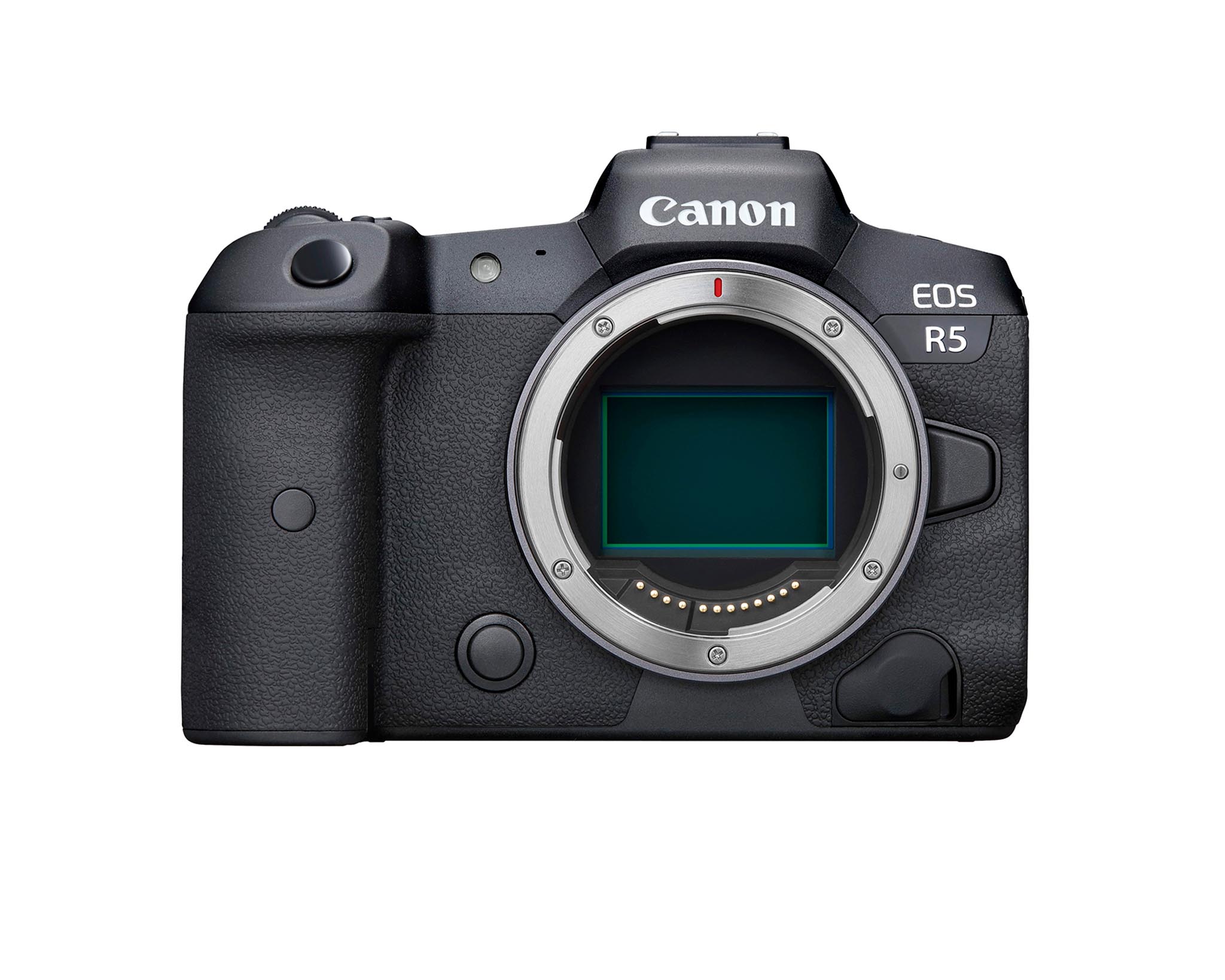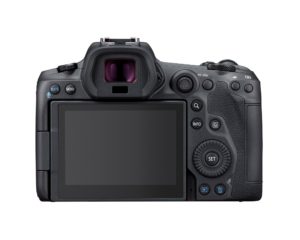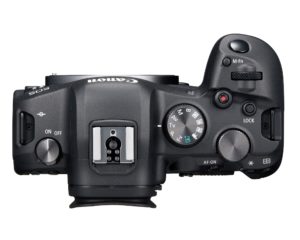This should catch your attention:
Canon’s new EOS R5 is a 45 Megapixel Full-Frame RF-mount mirrorless hybrid still/video camera that shoots and records 8K DCI 12-bit RAW at 2600 Mbps to an internal CFexpress card.
You may not wear socks from Memorial Day to Labor Day, but if you did, the R5 specs might just knock your socks off.
• Full Frame (36 x24 mm approx) 45 megapixel (4.40 μm photosites) CMOS sensor
• 8K RAW 12-bit internal video recording up to 29.97 fps
• 8K internal video recording up to 29.97 fps in 4:2:2 10-bit Canon Log (H.265) / 4:2:2 10-bit HDR PQ (H.265).
• 4K internal video recording up to 119.88 fps in 4:2:2 10-bit Canon Log (H.265) / 4:2:2 10-bit HDR PQ (H.265).
• Full-width (no crop) 8K RAW and 8K/4K sensor modes.
• Dual Pixel CMOS AF (Autofocus) available in all 8K and 4K recording modes.
• Canon Log available in 8K and 4K internal recording modes.
• 5-axis In-Body Image Stabilization—a first for Canon. It works in conjunction with Optical IS equipped with many of the RF and EF lenses.
• Dual-card slots: 1x CFexpress and 1x SD UHS-II.
• ISO range of 100-51200; Expandable to 102400.
• In-body Image Stabilizer can provide up to 8 stops of Shake Correction.
• Rear joystick for focus area selection and other things
Here is a video from Canon about the EOS R5:
EOS R System
Canon launched the EOS R System in Hawaii on Sept 5, 2018 with the Full-Frame Mirrorless EOS R camera and RF lenses. At that time, it was made clear that there would be more to come.
The more affordable EOS RP was released in March 2019.
Canon planners, designers and engineers have been busy preparing for the third act in the EOS R series. Often we read pre-pre release conjecture in rumor mills and websites of dubious distinction. However, Senior Marketing Manager Goshi Nakamura and the team at Canon had been officially releasing information on a regular. If they didn’t come from Canon directly, you probably wouldn’t have believed them.
Canon RAW and other details
The Canon R5 captures RAW up to 8K and records it internally onto a CFexpress card. Canon RAW format is familiar to users of the EOS-1D X Mark III. The viewfinder is a 0.5-inch 5.76 million dot OLED EVF with a 120 fps refresh rate.
Autofocus and Subject Detection
The EOS R5 uses Canon’s Dual Pixel CMOS AF Technology to make extremely fast Autofocus calculations. Subject detection adopted from the Live View AF tracking system in the EOS-1D X Mark III camera provides face, head and even eye tracking when selected. Autofocus of animals is also possible for the first time in a Canon camera, following focus by tracking the whole body, face, or eye of cats, dogs or birds.
New Sensor
Canon’s EOS R5 has a newly developed CMOS sensor. It has IBIS (In Body Image Stabilization). When used in conjunction with the ever-popular in-lens stabilization (IS), handholding the camera and lens in incredibly low light levels will be possible.
EOS 5D Mark II then; EOS R5 now
Canon’s EOS 5D Mark II changed the game for DSLR Video. The EOS R5 pushes the envelope of what filmmakers can do with Mirrorless cameras.
Price
The EOS R5 camera is expected to be available at the end of July with an estimated retail price of $3899.00 for the body only and $4999.00 for the R5 and RF 24-105mm F4 L IS USM lens kit. (Timing and specs may change.)
EOS R6
Canon also introduced the EOS R6. It uses a 20.1 megapixel Full Frame sensor based on the EOS-1D X Mark III. It can record video internally at 4Kup to 59.94 fps or 1080p up to 119.88 fps in 10 bit 4:2:2 Canon Log(H.265) or HDR PQ(H.265). It is expected at the end of August with an estimated retail price of $2499.00 for the body only, $2.899.00 for the R6 and RF 24-105 F4-7.1 IS STM lens kit or $3,599.00 for the R6 and RF 24-105mm F4 L IS USM lens kit.
New RF Lenses
Canon is also releasing new RF Lenses and 2 RF Lens Extenders. The EOS R System was planned to provide engineers with the ability to design lenses that were previously very difficult to create. The wide RF lens mount diameter (54 mm), shorter flange flocal depth (20 mm) and high-speed lens data transmission between camera and lens offer many possibilities.
- RF 100-500mm F4.5-7.1 L IS USM
- RF85mm F2 MACRO IS STM
- RF 600mm and 800mm F11 IS STM (light weight, fixed aperture at F11)
- Extender RF 1.4x and 2x



















